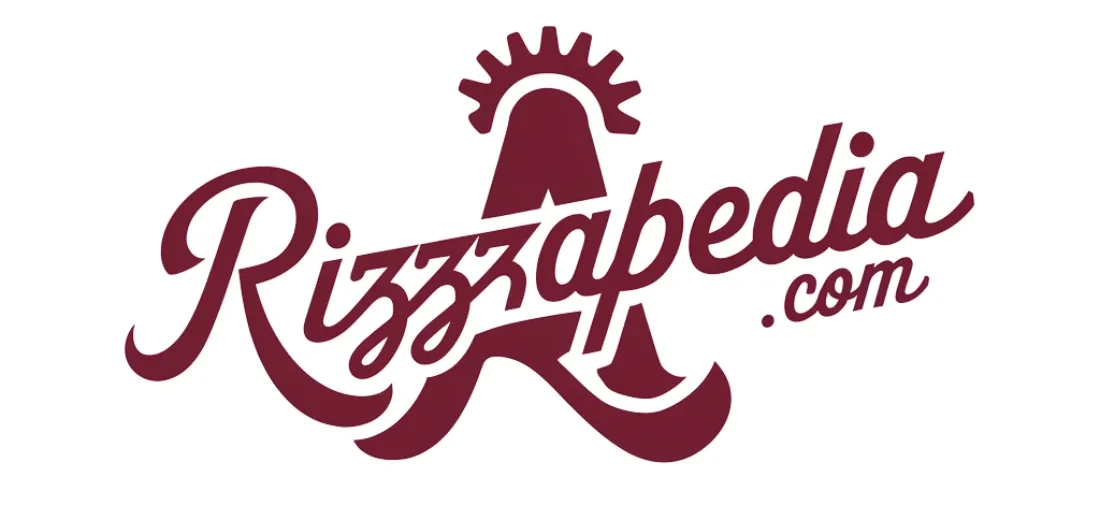In the world of visual design, color choice plays a powerful role in how content is perceived. Among the many tones and palettes available, a light blue background stands out for its calm, clean, and professional appeal. It’s widely used across industries—from corporate branding and websites to presentation slides and social media graphics—because of its soft aesthetic and versatility.
Adobe offers an extensive set of tools for creating, customizing, and working with color-rich designs. Whether you’re using Adobe Photoshop, Illustrator, InDesign, or Adobe Express, incorporating a light blue background into your design is simple, precise, and completely customizable.
The Appeal of a Light Blue Background
Light blue evokes feelings of trust, tranquility, clarity, and openness. It’s a favorite among brands that want to appear friendly, reliable, and approachable. Designers often choose a light blue background for:
- Website headers and banners
- Business presentations
- Social media templates
- Posters, flyers, and digital ads
- Resume and portfolio layouts
When used properly, light blue can provide a subtle backdrop that helps other elements stand out without overpowering the viewer’s attention.
Adobe Photoshop: Full Control Over Color and Composition
Adobe Photoshop offers designers the most flexibility when working with backgrounds. Whether you’re designing from scratch or editing an existing file, applying and fine-tuning a light blue background is a quick process.
Steps to Add a Light Blue Background in Photoshop:
- Create a New Document: Choose your desired dimensions and resolution.
- Set the Background Layer: Select the background layer and fill it using the Paint Bucket Tool or the Fill option.
- Choose Your Shade: Click the foreground color selector and input a light blue hex code (e.g., #ADD8E6 or #CFE7F3).
- Apply Effects if Needed: Add gradients, textures, or overlays for depth and dimension.
Photoshop allows you to experiment with transparency, blending modes, and lighting effects that give your light blue background a unique and polished finish.
Adobe Illustrator: Clean, Scalable Design with Light Blue Backgrounds
For vector-based designs such as logos, icons, infographics, or print-ready layouts, Adobe Illustrator offers precision and control. You can easily apply a light blue background that scales across media without distortion.
Applying a Light Blue Background in Illustrator:
- Create a New Artboard: Choose a layout size that suits your design purpose.
- Draw a Rectangle: Use the Rectangle Tool to cover the entire artboard.
- Select Your Color: Choose a light blue tone from the Swatches panel or enter a hex value.
- Arrange Layers: Send the background shape to the back, ensuring all design elements sit above it.
Illustrator’s vector format ensures your background remains sharp and color-accurate in both digital and print formats.
Adobe Express: Quick and Stylish Backgrounds for Everyday Creators
For users who want fast results without diving deep into design settings, Adobe Express provides a beginner-friendly solution. It includes built-in templates and easy-to-use tools for adding and editing a light blue background on social posts, flyers, or thumbnails.
How to Add a Light Blue Background in Adobe Express:
- Start a new project or open a template.
- Select the background area and choose a light blue color from the palette.
- Adjust contrast and layering with built-in editing tools.
- Download or share your design directly from the dashboard.
Adobe Express is ideal for small businesses, marketers, and creators looking to build consistent visuals with ease.
Adobe InDesign: Layout Design with a Professional Touch
If you’re working on multi-page documents like magazines, brochures, or reports, Adobe InDesign is the tool of choice. It allows for complex layouts where a light blue background can add structure and visual appeal without disrupting readability.
Using Light Blue Backgrounds in InDesign:
- Define master pages with a light blue fill to maintain design consistency.
- Use color swatches to manage and apply background tones across multiple sections.
- Integrate text and images over the background with controlled spacing and alignment.
With InDesign, you can maintain brand consistency across large-scale print or digital documents using custom backgrounds and layout styles.
Conclusion
A light blue background is more than just a color—it’s a strategic design element that enhances readability, evokes calmness, and supports clean, modern aesthetics. Adobe’s suite of tools—Photoshop, Illustrator, InDesign, and Express—offers flexible, professional options to implement light blue backgrounds across a wide range of projects.
Whether you’re designing a web banner, business card, infographic, or promotional post, Adobe makes it easy to apply and refine a light blue background that complements your content and strengthens your visual message. With the right tone, layout, and Adobe tool, you can create designs that are both beautiful and effective.
Also Read-Online Lead Generation Techniques for Professional Services










